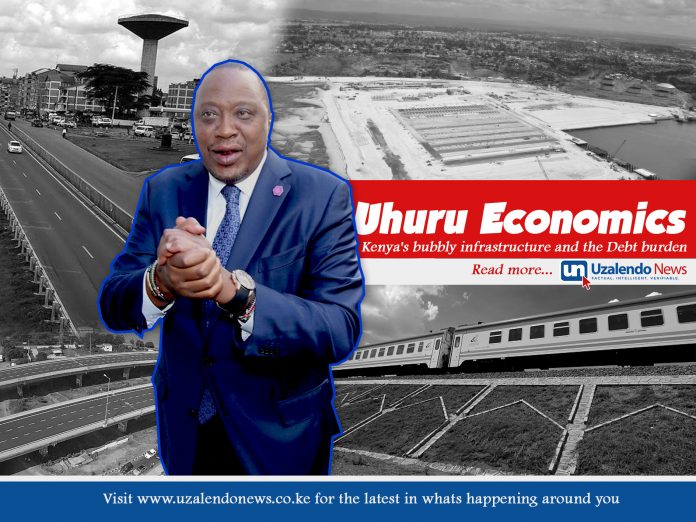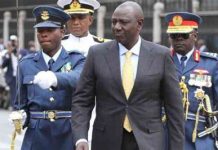Kenya has witnessed a massive spike in infrastructure development under Jubilee Party leadership, led by President Uhuru Kenyatta.
A Kenyan who jetted back into the country after 10 years of searching for greener pastures, was in pains trying to relocate his relatives in Donholm estate. This is attributed to the expansion of Outering Road, from a single lane motorway, to a 6 lane masterpiece connecting the Eastern Bypass to the Thika Superhighway.
The Ksh. 15.1 Billion development project is fully funded by by the African Development Bank and the European Union in partnership with the Kenyan government. It has greatly cut down travel time to the Jomo Kenyatta International Airport, by avoiding the jam packed city center.

Such infrastructure upgrades have seen massive spike in development across the country. For instance, the establishment of the LAPSSET project, an idea that had been in the books since 1975, will see the expansion of Kenya’s port handling facilities as well as open up the Northern and Eastern frontiers.
The Sh2.5 trillion project that was scheduled to be completed later this year, will see the creation of an additional 32 berths, and the capability to handle larger vessels, therefore easing pressure on Mombasa Port.
The government had planned to spend six percent of its Gross Domestic Product, or 16 percent of its annual budget to put up the project which will see an additional three percent injected into Kenya’s GDP by 2020.
The much talked about Dongo Kundu special economic zones, kicked off in 2019 on a mission to expand the capabilities of the Kenyan coastal counties.

The Dongo Kundu SEZ is being financed through a $423.8 million (Sh43.9 billion) loan and a $53.6 million (Sh5.6 billion) grant from the Japanese Companies, and is expected to generate an additional 60,000+ jobs.
Inorder to cordinate movement around the Special Economic Zone, The government lined up for the construction of Dongo Kundu Bypass, a state of the art road link costing the Kenyan economy KSh25 billion.
To top it all off, President Uhuru launched his biggest project yet, with the opening of the Nairobi – Mombasa express train service. The project has conviniently cut Kenya’s travel time between the two largest cities in Kenya.
Despite concerns about its viability, President Uhuru argues that the project is set to open up areas in the country which have been significantly abandoned in development projects.
All these projects have resulted in proper borrowing, further escalating Kenya’s debt burden.

External Debt (Loans from other external lending facilities) in Kenya is expected to be Ksh. 3.3 Trillion by the end of this quarter, if statistics by Trading Economics models and analysts’ expectations are anything to go by.
In 12 months time, the External Debt in Kenya is expected to stand at Ksh. 3.2 Trillion.
According to Treasury Cabinet Secretary Ukur Yatani, Kenya’s debt burden is still within manageable levels.
Despite the launch of multi billion projects, Yatani confirmed that the government will focus on cutting recurrent expenditure and reducing imports inorder to allocate more funds to repaying the National debt.












